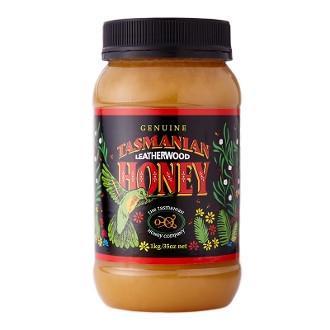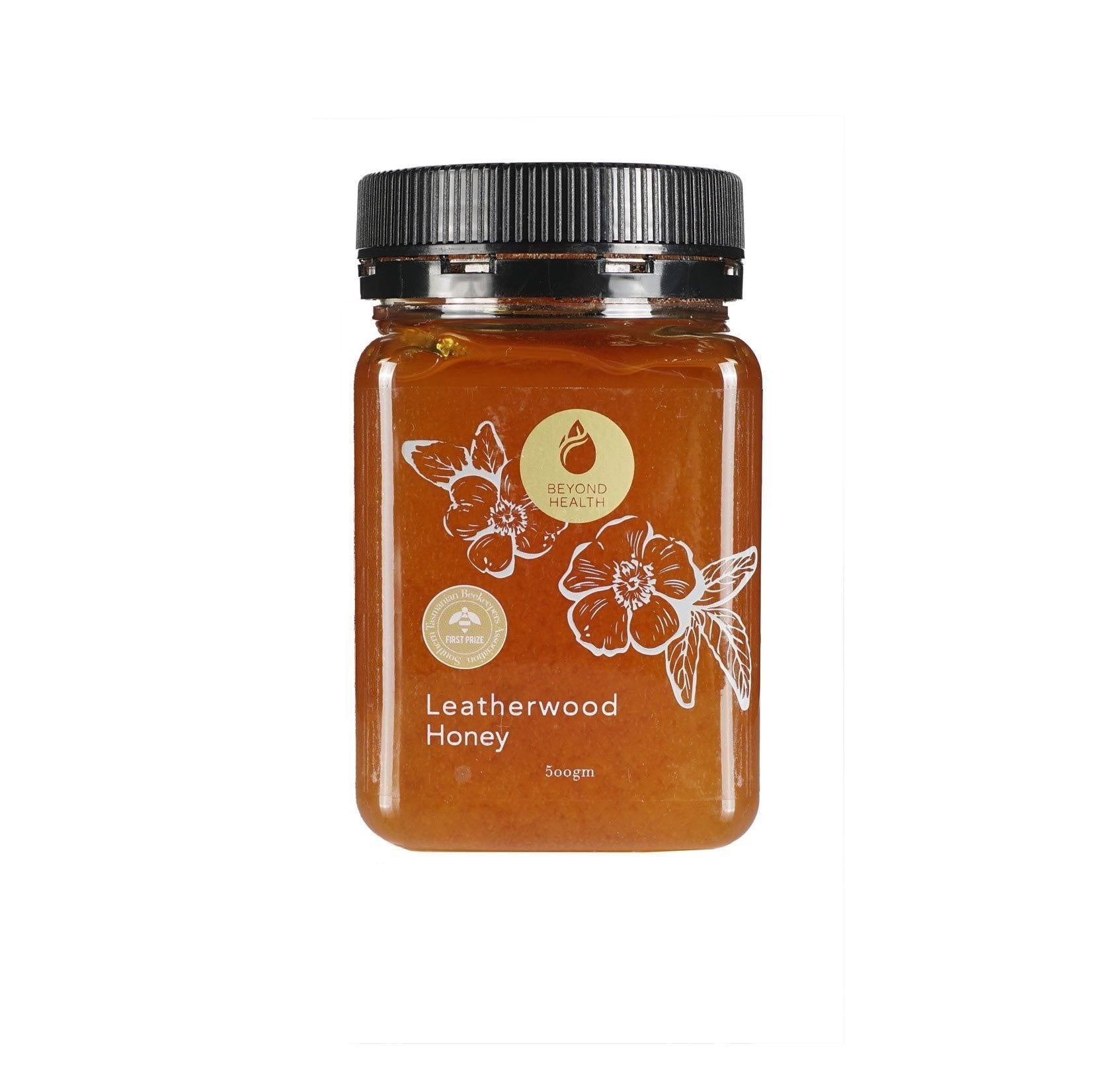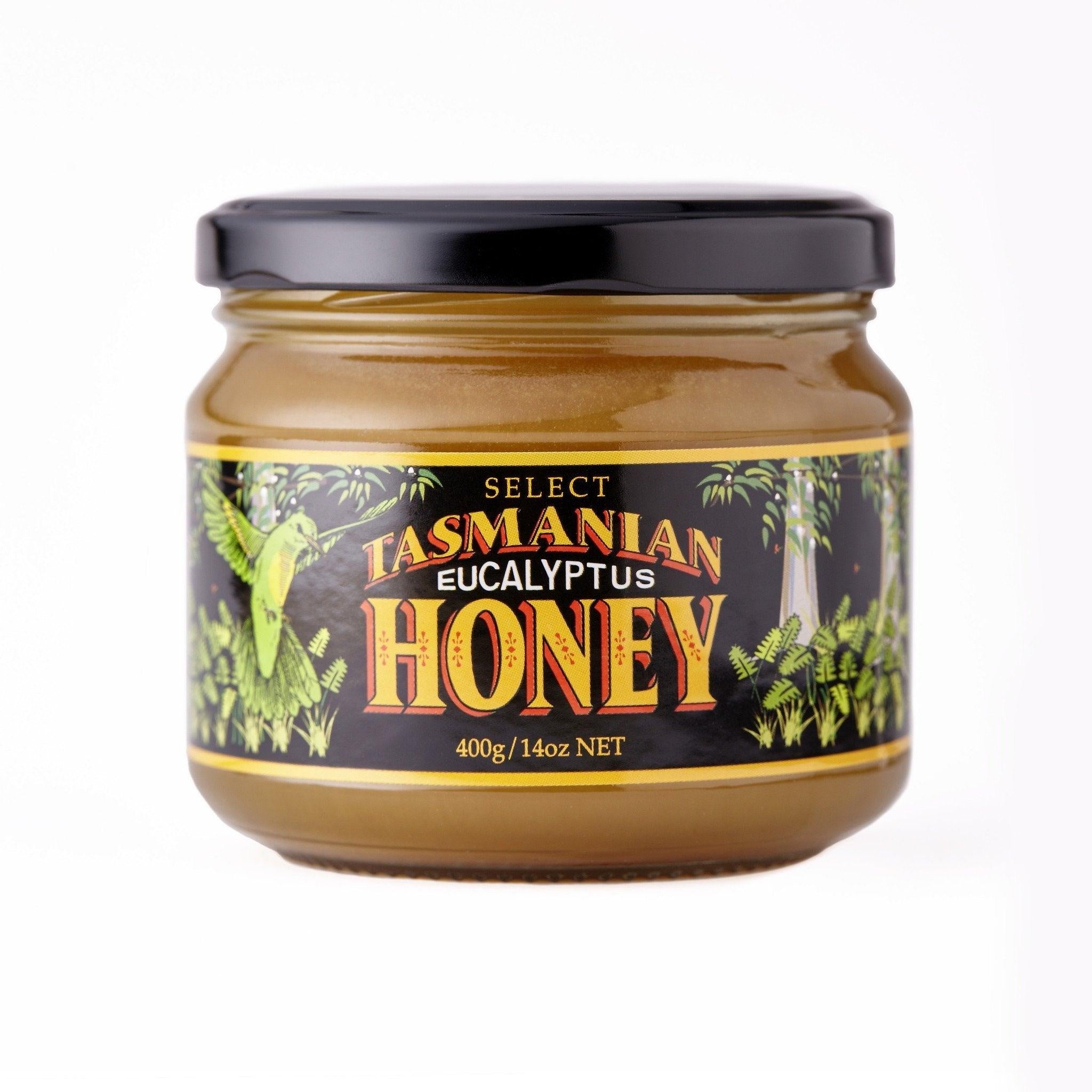Your shopping bag is empty
Bleached vs. Unbleached Flour
- Posted by: Enquiry Admin
- Comments: 0
- Categories: Nutrition & Diet
Bleached vs. Unbleached Flour: Understanding the Differences and Making Informed Choices
Introduction
When it comes to baking and cooking, flour is a staple ingredient that plays a crucial role. They define the texture, taste, and overall quality of the final product. However, you may have noticed that there are two types of flour commonly available: bleached vs unbleached. The process and nature of these flours differ, raising questions about their nutritional value and impact on our health. We will look into the differences between bleached and unbleached flour, explore their nutritional profiles. We will also help you make informed choices when choosing the right flour for your baking needs.
Understanding Flour
Flour is derived from grinding grains, usually wheat, into a fine powder. It serves as a primary ingredient in various baked goods, including bread, cakes, pastries, and more. Both bleached and unbleached flour start their journey as whole wheat grains. However, they undergo different processing methods that lead to distinct characteristics.
Bleached Flour
Bleached flour refers to flour that has undergone a bleaching process, typically using chemicals or additives. The purpose of bleaching is to speed up the aging process of flour and achieve specific desirable qualities. Such qualities include whiter color, finer texture, and improved baking performance. Bleaching agents used in the process can include chlorine gas or peroxide. They help to break down proteins and lighten the flour's color.
Unbleached Flour
On the other hand, unbleached flour is flour that has not undergone any bleaching process. It is allowed to age naturally over time, resulting in a slightly off-white or cream-colored appearance. Unbleached flour retains more of its natural proteins and pigments, providing a slightly denser texture compared to bleached flour.
Nutritional Differences
When it comes to the nutritional aspects of bleached and unbleached flour, it's important to note that the differences are minimal. The primary difference lies in the presence of certain nutrients and the potential chemical residues from the bleaching process. Unbleached flour may contain slightly higher levels of natural vitamins, minerals, and fiber since it undergoes less processing.
It's worth noting that the nutritional disparities between the two types of flour are relatively small and may not significantly impact your overall diet. Flour, in general, is not a significant source of essential nutrients, and relying on other whole foods such as fruits, vegetables, lean proteins, and whole grains is crucial for a balanced and nutritious diet.
Making Informed Choices between Bleached and Unbleached Flour
When choosing between bleached and unbleached flour, it ultimately comes down to personal preference and the specific baking requirements of your recipe. In terms of performance, bleached flour often produces lighter and fluffier baked goods, while unbleached flour tends to yield slightly denser and heartier results. However, these differences are subtle and may not be noticeable in all recipes.
If you prioritize consuming minimally processed foods or wish to avoid potential chemical residues from the bleaching process, opting for unbleached flour is a suitable choice. It retains more of its natural qualities and has a closer representation of whole grains.
Conclusion
In the debate between bleached and unbleached flour, both types have their unique characteristics and applications. While bleached flour undergoes a chemical process to achieve a whiter appearance and finer texture, unbleached flour retains more of its natural qualities and is considered a closer representation of whole grains. The nutritional differences between the two types are minimal, and the decision of which to use ultimately depends on personal preference and the desired outcome of your baking endeavors.
Remember that flour, regardless of its type, should be consumed in moderation as part of a balanced diet. Relying on whole foods rich in essential nutrients, such as fruits, vegetables, whole grains, and lean proteins, is vital for overall nutrition. So, whether you opt for bleached or unbleached flour, prioritize a well-rounded approach to your diet and enjoy the pleasures of baking with confidence.






